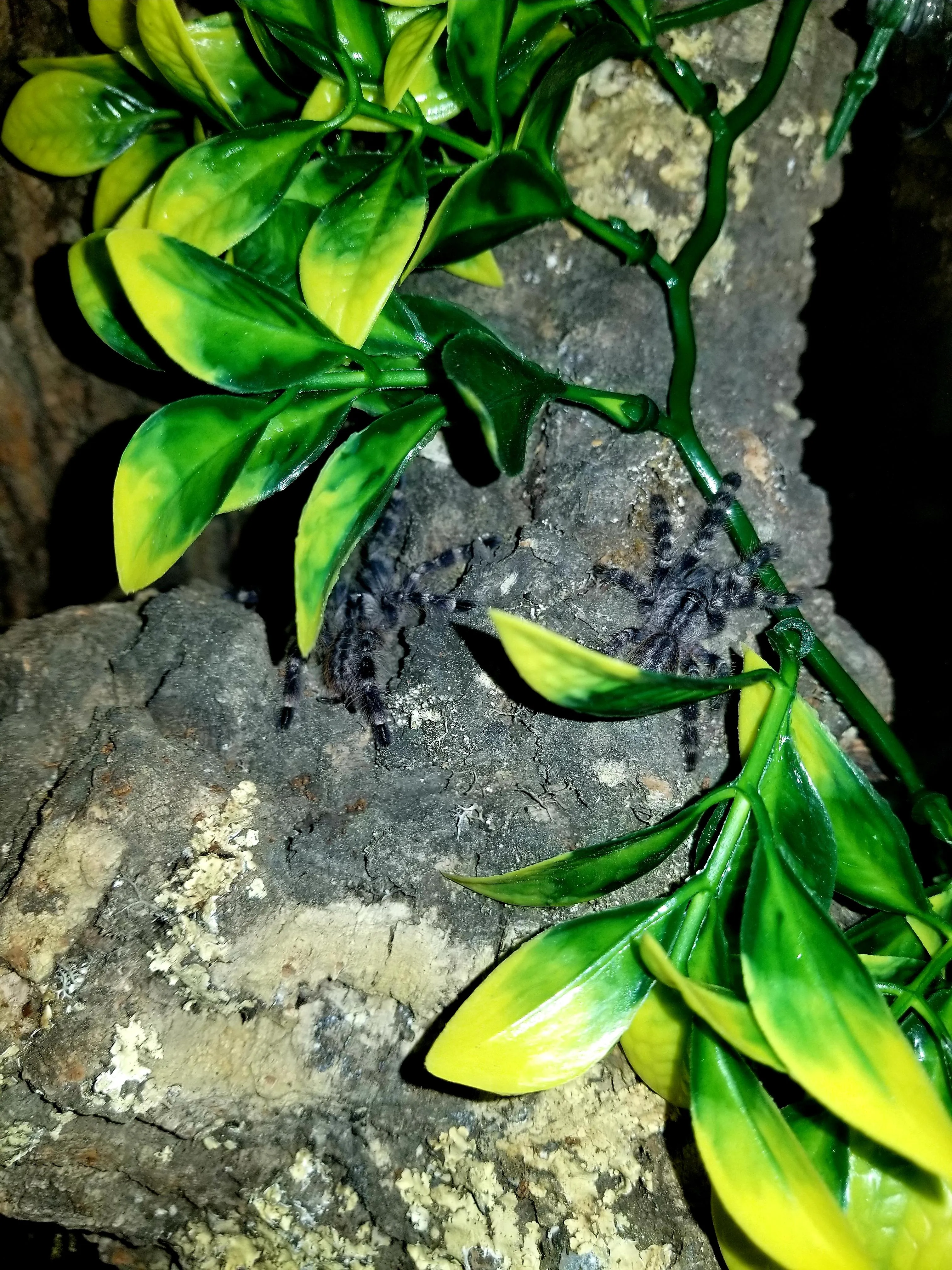Understanding the Pokie Tarantula
Pokie tarantulas, belonging to the genus Poecilotheria, are captivating and somewhat challenging pets. These arboreal tarantulas are known for their striking patterns, vibrant colors, and relatively large size. Native to the tropical regions of Asia, including India and Sri Lanka, they are a fascinating addition to any arachnid enthusiast’s collection. However, their care requires a good understanding of their specific needs, including their temperament, environment, and feeding habits. The following sections will provide detailed information for anyone interested in keeping these amazing creatures.
What is a Pokie Tarantula?
Pokies, or Poecilotheria species, are a group of arboreal tarantulas that are known for their striking appearance and potent venom. These tarantulas are generally characterized by their intricate patterns, often featuring black, white, yellow, or orange markings on a darker background. They are typically fast-moving and can be defensive, making them an advanced pet for those with experience in tarantula care. Their beauty and unique behaviors attract many, but potential owners should be aware of the responsibility that comes with keeping these powerful spiders. Each species varies slightly in appearance and behavior, so researching the specific Pokie you intend to keep is very important.
Identifying a Pokie Tarantula
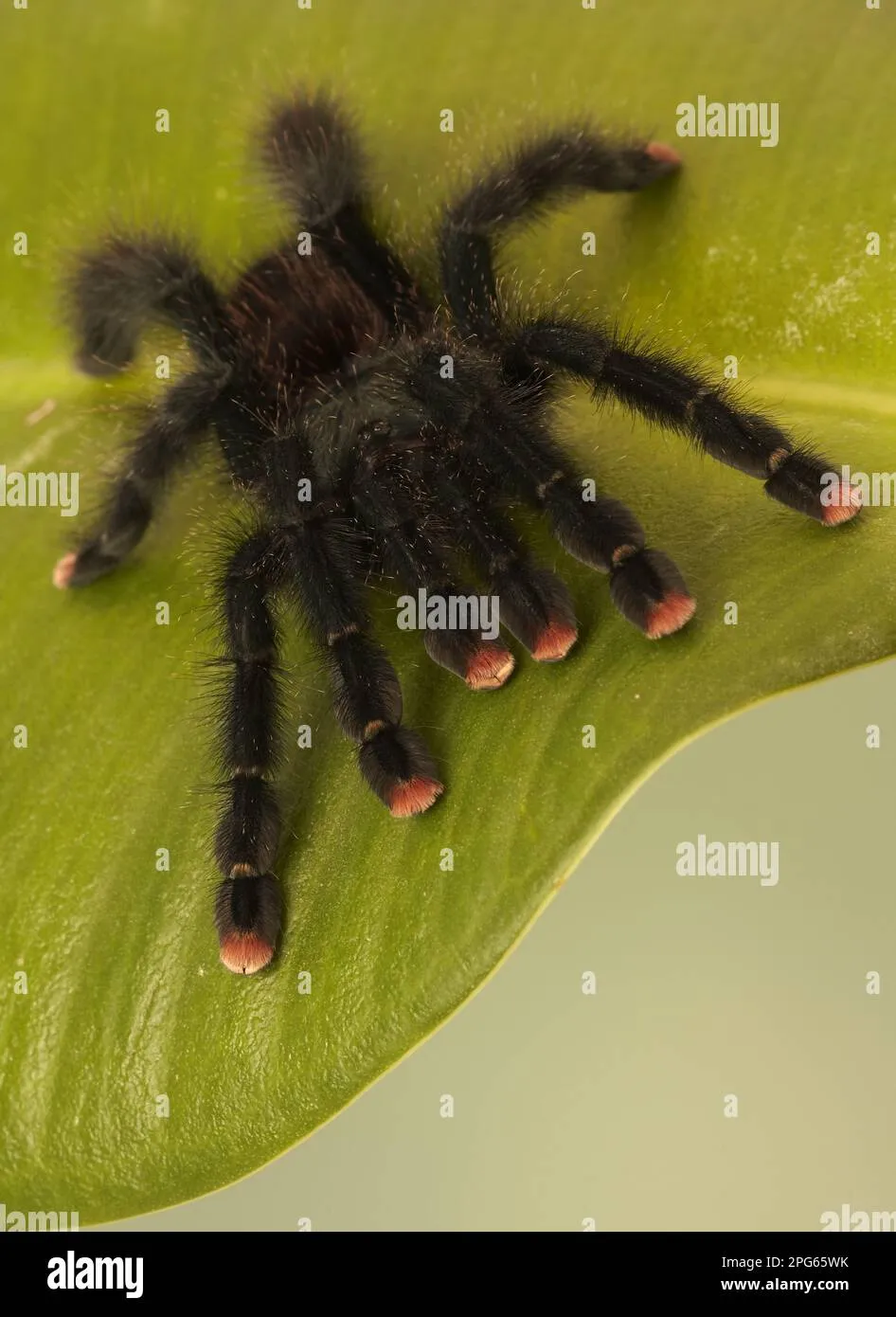
Identifying a Pokie tarantula involves observing its unique markings, overall size, and behavior. Their leg spans can range from 6 to 10 inches, depending on the species. Key features include intricate patterns on their legs and abdomens. Many species have distinct markings such as the ’tiger pattern’ or ‘chevron’ markings. When identifying, look for the overall color scheme, including the presence of yellow, orange, or white markings, and compare with species-specific guides. Observing the tarantula’s posture and speed can also provide clues. Pokies are generally fast and will often retreat to a hiding spot if startled. Proper identification is important for safe handling and providing the appropriate care.
Pokie Tarantula Enclosure Setup
Setting up the right enclosure is vital for a healthy and happy Pokie tarantula. Since they are arboreal, the enclosure needs to be tall rather than wide, allowing for climbing and vertical space. The enclosure should have secure ventilation to maintain air quality and prevent mold growth. The choice of enclosure also depends on the size of your tarantula; a juvenile will need a smaller space initially, with upgrades as it grows. Ensure the enclosure is escape-proof. A well-designed enclosure replicates the natural habitat of your Pokie and contributes to its overall well-being. It is important to remember that the proper enclosure setup is essential to ensuring the safety of the tarantula and providing a comfortable environment.
Choosing the Right Tank
The ideal tank for a Pokie tarantula should be made of clear glass or acrylic to allow for easy viewing. The enclosure’s size should match the tarantula’s current size, but as a general guideline, a mature Pokie will thrive in a terrarium that is approximately 12x12x18 inches or larger. Ensure the enclosure has a secure lid that cannot be easily opened by the tarantula. Ventilation is crucial, and the enclosure should have cross-ventilation to prevent the buildup of stagnant air. Consider the material of the tank, as some materials may retain heat or humidity better than others. Choose a tank that is easy to clean and maintain, promoting a healthy environment for your Pokie tarantula.
Substrate and Decor
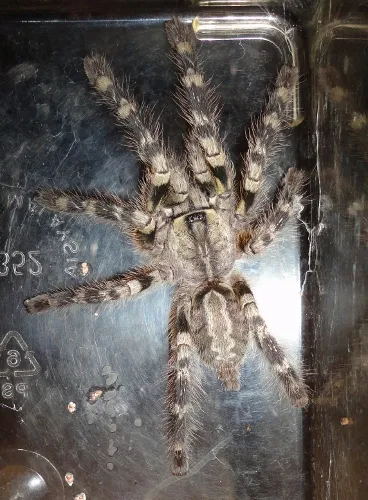
The substrate should be a mix of materials to mimic the tarantula’s natural habitat and maintain humidity levels. A good choice is a mix of coco fiber, peat moss, and a small amount of vermiculite. The substrate should be deep enough for the tarantula to burrow if it chooses. Decorate the enclosure with items that provide hiding places and opportunities for climbing. Cork bark, branches, and artificial plants are excellent choices. Ensure that any decor is securely placed to prevent it from falling and potentially harming the tarantula. A well-decorated enclosure not only adds aesthetic value but also enriches the tarantula’s environment and helps it feel secure.
Temperature and Humidity Control
Maintaining the correct temperature and humidity levels is crucial for the health of your Pokie. The ideal temperature range is between 75-85°F (24-29°C). Use a heat source such as a ceramic heat emitter or a low-wattage heat pad on the side of the enclosure, and always monitor with a digital thermometer. Humidity levels should be maintained between 60-70%. Monitor this with a hygrometer. Increase humidity by misting the enclosure once or twice a week, and ensure that the substrate remains slightly damp but not saturated. Proper temperature and humidity create an environment that closely resembles the Pokie’s natural habitat and promotes molting and overall well-being. Avoid placing the enclosure in direct sunlight to prevent overheating.
Pokie Tarantula Feeding and Hydration
Feeding and hydration are crucial aspects of Pokie tarantula care. These tarantulas are voracious eaters, and their diet should be tailored to their specific needs. They require a balanced diet of live insects, with appropriate sizes for their stage of growth. Proper hydration, achieved through access to clean water, is equally important. Regular feeding and access to fresh water contribute to their overall health and encourage molting. Overfeeding should be avoided, and uneaten food should be removed to maintain a clean environment and prevent mold growth. Observe feeding behavior and adjust the diet as necessary to ensure your Pokie thrives.
What to Feed Your Pokie
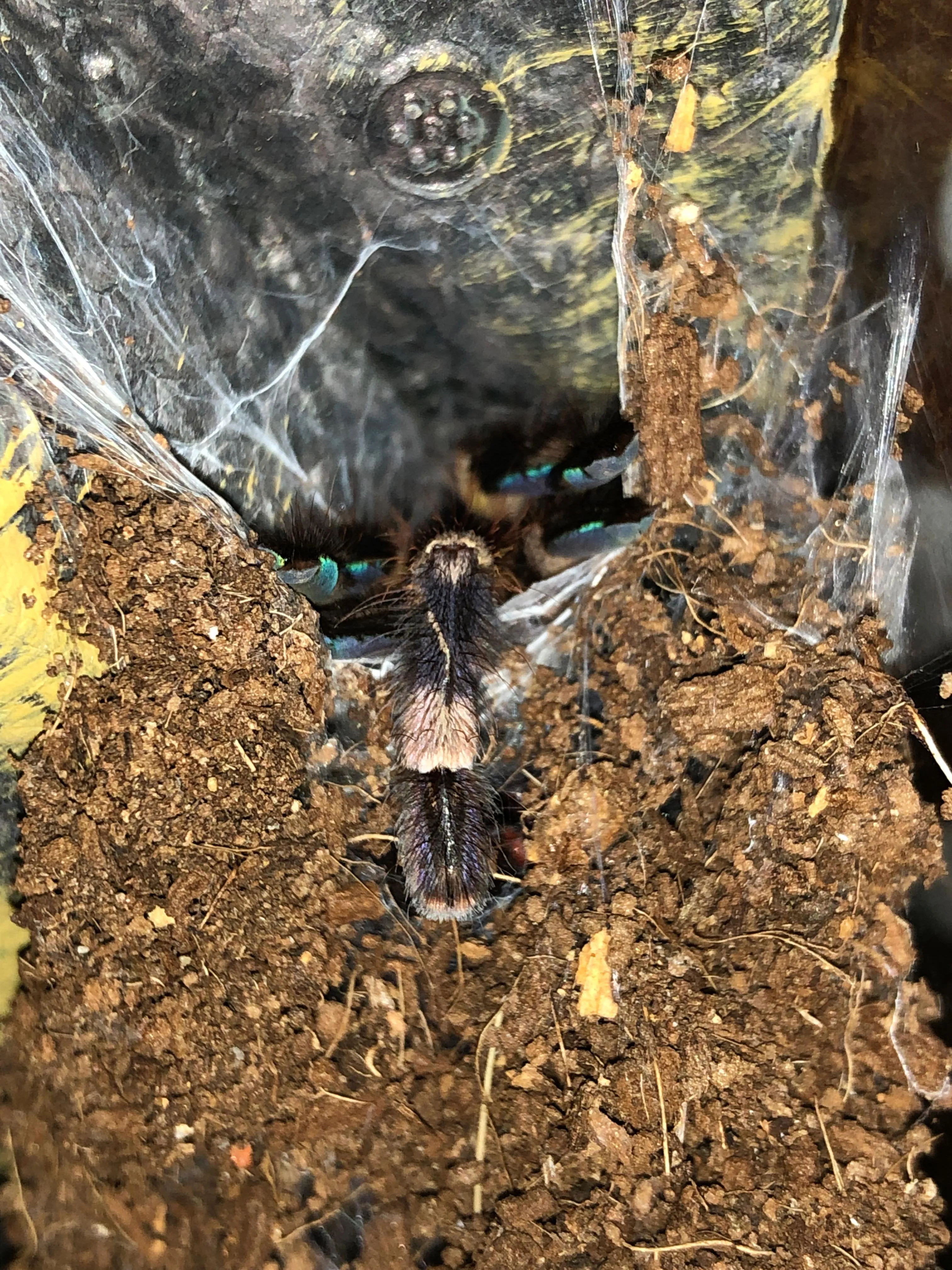
A varied diet of live insects is important for Pokie tarantulas. Crickets, roaches (such as dubia roaches), mealworms, and super worms are all suitable food sources. The size of the prey should be appropriate for the tarantula’s size; generally, the prey should be no larger than the tarantula’s body. Insects should be gut-loaded before feeding the tarantula, which means feeding the insects nutritious foods to enhance their nutritional value. Avoid feeding wild-caught insects, as they may carry parasites or pesticides. Provide food 2-3 times a week for adults, and more frequently for juveniles. Remember to remove any uneaten prey within 24 hours to prevent stress to the tarantula.
Watering Your Tarantula
Access to fresh water is essential for all tarantulas. Provide a shallow water dish, ensuring it is easily accessible, but avoid placing it directly under heat sources to prevent rapid evaporation. The water dish should be small enough to prevent the tarantula from drowning. Change the water in the dish regularly to prevent bacteria buildup, and clean the dish as needed. For juveniles, a small bottle cap filled with water is often sufficient. In addition to the water dish, you can mist the enclosure lightly every few days to maintain humidity levels, especially during molting. Always ensure that your Pokie has access to clean, fresh water at all times.
Pokie Tarantula Handling and Safety
Handling a Pokie tarantula is not generally recommended, especially for inexperienced keepers. These spiders are fast, defensive, and have a potent venom. They can inflict a painful bite, and their hairs can cause skin irritation. If handling is necessary, precautions must be taken to ensure the safety of both the handler and the tarantula. It’s essential to understand their defensive behaviors and to avoid actions that might provoke them. Safe handling practices include a calm approach, never grabbing or startling the spider, and always keeping the spider close to a soft surface in case it falls. Education is key to safe handling.
Safe Handling Practices
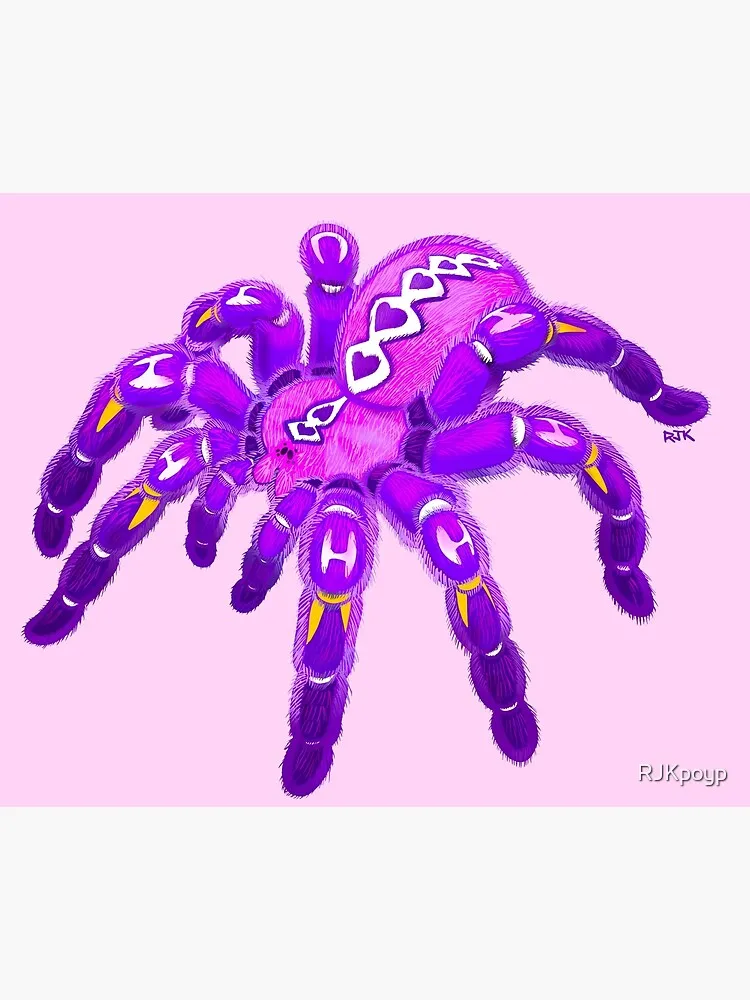
If you must handle your Pokie tarantula, do so with extreme caution and always in a controlled environment. Handle them near a soft surface, such as a bed or a carpeted floor, to minimize the risk of injury if the tarantula falls. Use a soft brush to gently coax the spider onto your hand rather than directly grabbing it. Avoid sudden movements and loud noises, as these can startle the tarantula. Be aware of your tarantula’s behavior and body language; if it shows defensive postures, such as raising its front legs or lifting its abdomen, it is best to leave it alone. Wash your hands thoroughly after handling, even if no contact with the spider occurred.
Understanding Defensive Behaviors
Pokie tarantulas exhibit several defensive behaviors that you should be aware of. These include raising their front legs, rearing up, and flicking urticating hairs. They may also hiss or make other audible warnings before striking. The urticating hairs are a form of defense, and these can cause skin irritation, so avoid direct contact with them. If your tarantula displays defensive behavior, it’s best to leave it alone and avoid any further interaction. Recognizing and respecting these behaviors is crucial for safe interaction. Understanding your tarantula’s temperament helps you avoid unnecessary stress to both yourself and the spider.
Pokie Tarantula Health and Common Issues
Maintaining the health of your Pokie tarantula involves recognizing signs of illness, providing proper care, and taking preventative measures. Common health issues include mites, fungal infections, and problems with molting. Regular observation, a well-maintained enclosure, and a balanced diet contribute to the overall well-being of your pet. It is important to be proactive in maintaining your tarantula’s health, which can be achieved through regular monitoring and understanding the common issues. Knowledge of common health problems can help to keep your Pokie healthy.
Recognizing Signs of Illness
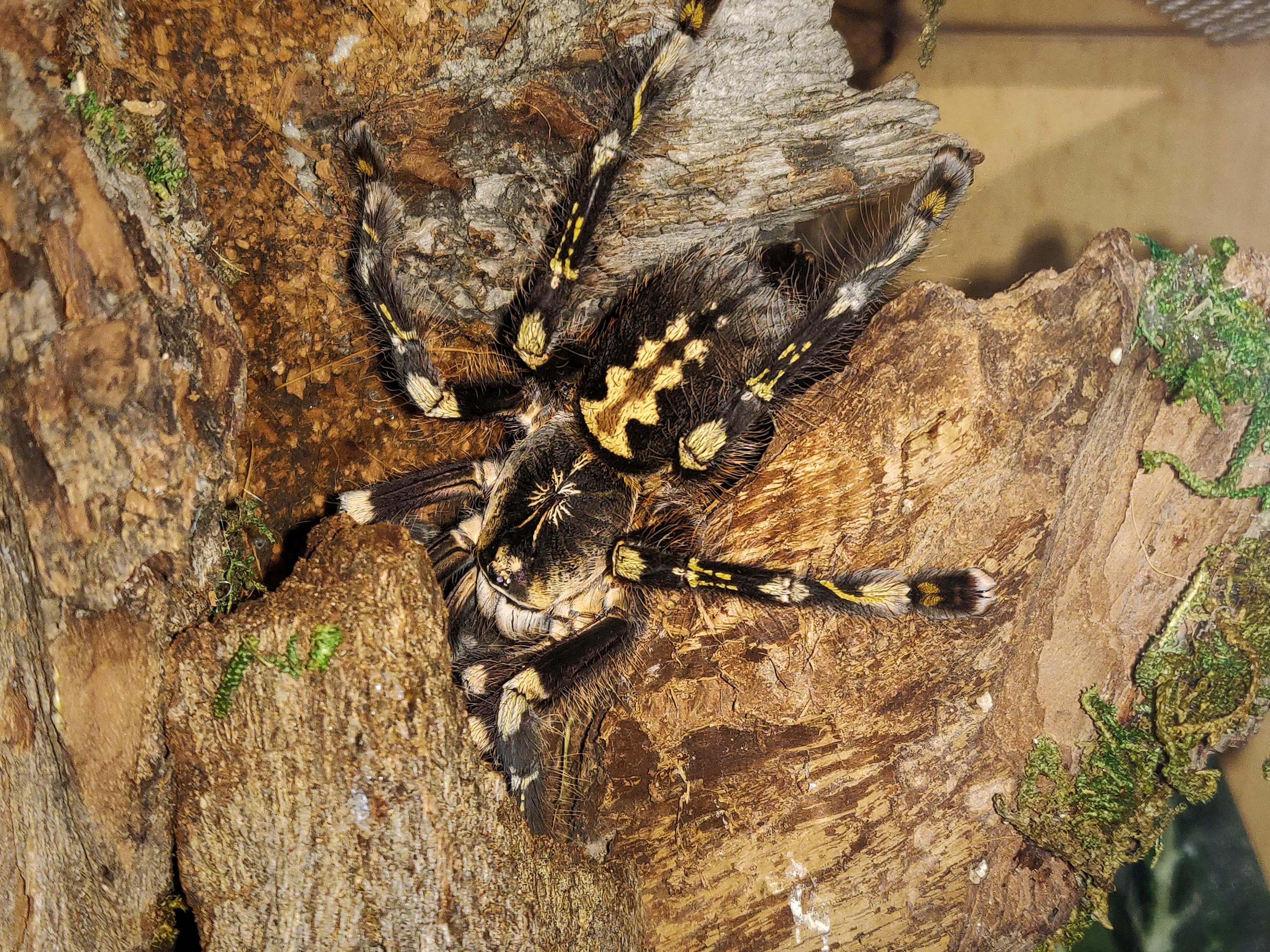
Several signs can indicate that your Pokie tarantula is unwell. These include lethargy, loss of appetite, unusual posture, and changes in color or appearance. Difficulty molting is another significant sign. Check for mites, which appear as tiny moving spots on the tarantula or its enclosure. Fungal infections may cause discoloration or lesions. If you notice any of these symptoms, consult with a veterinarian experienced in exotic animals. Early detection and treatment are crucial for ensuring the tarantula’s recovery. It is essential to closely observe your pet tarantula for signs that it might need veterinary care.
Preventative Care and Maintenance
Preventative care includes providing a clean environment, a balanced diet, and the correct temperature and humidity. Regularly clean the enclosure, removing uneaten food and fecal matter. Monitor humidity levels and adjust as needed. Provide a varied diet of gut-loaded insects and ensure your tarantula has access to fresh water at all times. Quarantine new tarantulas to prevent the spread of disease. Regularly observe your tarantula for any signs of health issues. By following these preventative measures, you can greatly improve the chances of a healthy and thriving Pokie tarantula. Proper care minimizes stress, which is critical in maintaining their health.
Pokie Tarantula A Summary
Pokie tarantulas are a captivating and rewarding addition to any dedicated arachnid enthusiast’s collection. Their beauty, unique characteristics, and intriguing behaviors make them fascinating pets. Success with Pokie tarantulas, however, requires a firm understanding of their specific needs and behaviors. Proper care, including providing the right enclosure, appropriate feeding, and safe handling, is essential for their health and longevity. By understanding these needs and providing the right environment, you can enjoy the unique experience of owning one of these incredible spiders. Remember to always research species specific needs and adjust your care accordingly, fostering a positive experience for both you and your pet.
